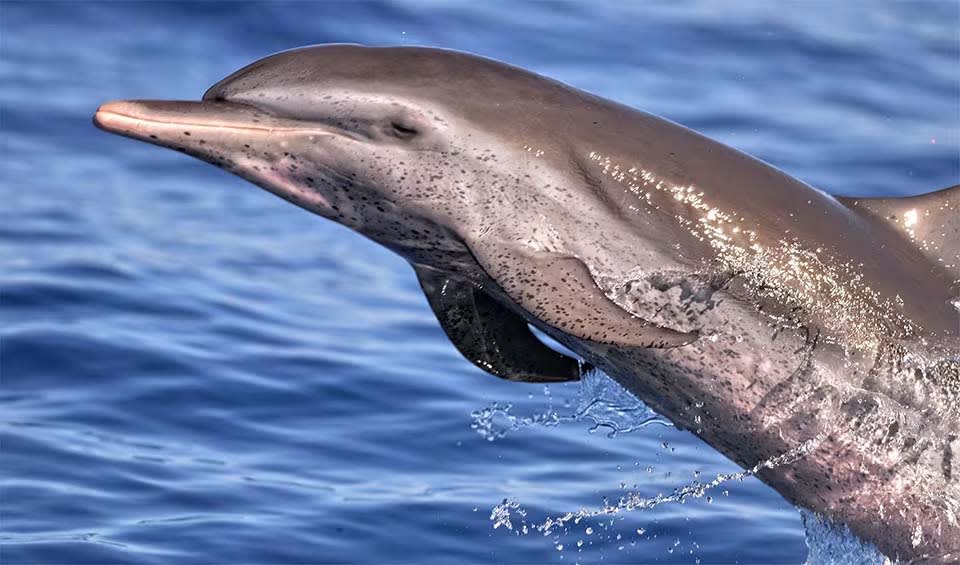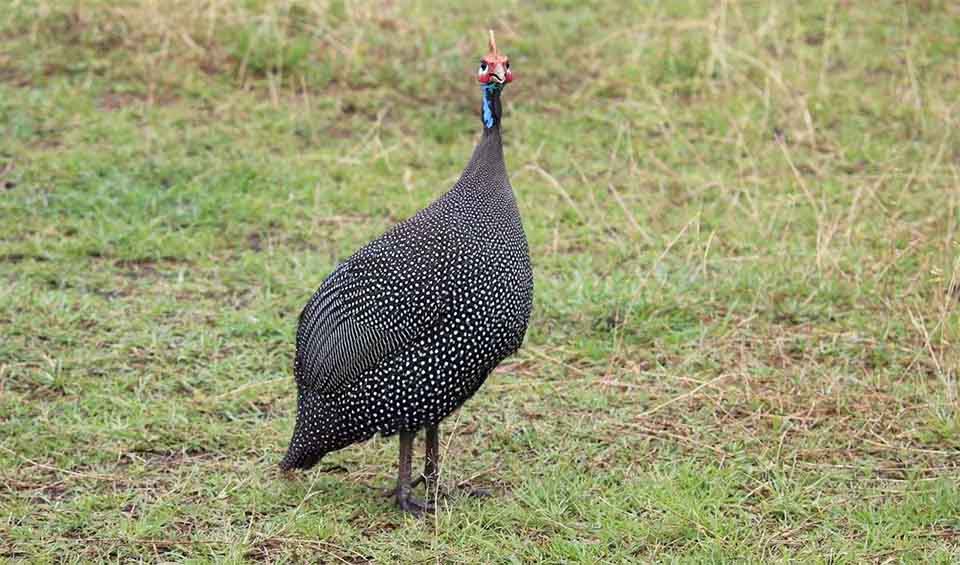Cape Verde, also known as Cabo Verde, is an island nation located in the central Atlantic Ocean, off the northwest coast of Africa. It consists of an archipelago comprising 10 volcanic islands, which are divided into two groups: the Barlavento (windward) islands and the Sotavento (leeward) islands. The capital city, Praia, is situated on Santiago, the largest island. Its landscape is diverse, ranging from lush green mountains in islands like Santo Antão to flat, desert-like conditions in Sal and Boa Vista. The islands are known for their dramatic volcanic peaks and cliffs that plunge into the sea, as well as their beautiful sandy beaches that attract tourists from around the world.
The climate of Cape Verde is generally classified as arid to semi-arid owing to its lack of rainfall and persistent trade winds. These conditions make agriculture challenging but have fostered a unique blend of flora and fauna adapted to the harsh environment. Despite the arid climate, the temperature is moderate throughout the year, making the islands a popular year-round destination.
Four pillars elaborated:
Cabo Verde has actively worked to establish protected areas to preserve its unique biodiversity and ecosystems, resulting in seven protected areas across the archipelago as of May 2024. These areas include both terrestrial and marine environments, with some already undergoing evaluations to gauge their management effectiveness. Currently, the terrestrial and inland waters protected areas cover approximately 120 km² (46 mi²), or about 2.9% of the total land area. Although there are no marine protected areas reported yet, efforts are in progress to establish and manage these vital ecosystems. Land Management
Land Management
Notable among these protected regions are the Pico do Fogo and Fogo Natural Park, which includes Cabo Verde’s highest peak, the Cova-Ribeira da Torre-Paul Natural Park on Santo Antão, known for its verdant Paul Valley, and the Monte Gordo Natural Park on São Nicolau, which safeguards the Monte Gordo mountain. Additionally, conservation projects are underway to enhance a network of protected areas, with a particular focus on marine biodiversity hotspots and the protection of emblematic and endemic marine species.
Human activities, such as habitat destruction, fragmentation, and predation, continue to pressure terrestrial biodiversity. Invasive species, ecosystem fragmentation, and poor management and awareness are identified as the main causes of plant biodiversity loss. In marine environments, fishing, tourism, recreation, and transport also pose significant threats. Threats to Biodiversity
Threats to Biodiversity
In Cabo Verde, economic activities and development projects have led to direct and indirect threats to biodiversity loss, including poverty, erosion, IUU fishing, pollution, climate change, and a lack of environmental awareness. The cumulative effects of these threats further exacerbate the situation.
The Government Program of the VIII Legislature established a green agenda focused on creating a more respectful attitude towards nature and the environment. The third Growth and Poverty Reduction Strategic Paper (PRSP III) is being implemented to establish and manage protected areas, combat desertification, protect forests, improve wastewater treatment, and introduce clean energy. Capacity and Governance
Capacity and Governance
Biodiversity is integrated into economic activities through conservation requirements, and state and civil society organizations are implementing conservation initiatives for endangered species. Cabo Verde has recognized Maio Island as the first Biosphere Reserve in the country and is open to international scientific community programs studying climate change.
Cape Verde’s National Vision for biodiversity conservation aims to protect, recover, and value biodiversity while promoting its sustainable use and equitable benefit sharing by 2030. The second National Strategy and Action Plan on Biodiversity (EPANB) was developed through a participatory approach involving various entities such as government institutions, municipalities, research institutions, civil society organizations, and the private sector. Future Trends
Future Trends
Biodiversity
Cabo Verde, a beautiful archipelago nation located in the Atlantic Ocean off the coast of Africa, boasts exceptional marine biodiversity, making it a global hotspot. Despite its arid climate, the country is home to a diverse range of plant and animal species. The islands support a high diversity of marine life, including over 20 species of whale, dolphin, and porpoise. The coastal waters are also vital foraging grounds for all five endangered sea turtle species. Several islands provide globally significant nesting areas for loggerhead turtles, and the waters are frequented by more than 60 shark and ray species, along with a myriad of colorful fish.Cape Verde’s fauna includes a variety of reptiles, birds, and invertebrates, many of which are also endemic. The Cape Verde giant gecko and the Cape Verde wall gecko are notable reptile species adapted to the island environments. The archipelago is a significant site for birdlife, with several endemic species, such as the Cape Verde warbler, Cape Verde swift, and the Raso lark, found only on the uninhabited Raso Islet. The islands also serve as critical stopover points for migratory birds traveling between Europe and Africa.
In the table below are the number of known species in several main groups, how many of these species are Threatened with extinction, and how many of them are Endemic (unique to Cape Verde only):
| Species (World rank) |
Threatened | % Threatened | Endemic | % Endemic | |
|---|---|---|---|---|---|
| Mammals | 32 (#179) | 4 | 12.5% | ||
| Birds | 87 (#199) | 6 | 6.9% | 7 | 8.0% |
| Reptiles | 29 (#147) | 6 | 20.7% | 22 | 75.9% |
| Amphibians | |||||
| Fishes | 632 (#93) | 61 | 9.7% | 17 | 2.7% |
| Plants |
mammals
Green monkey
Covered in thick golden fur with a touch of green, which is how they get their common name
Gray whale
Once called ‘devil fish’ by whalers due to their fighting behavior when hunted
Pantropical spotted dolphin
A champion swimmer and a social butterfly of the warm seas
birds
Northern lapwing
Very active and noisy, with a loud, piercing call that sounds like “pee-wit”
Helmeted guineafowl
Native to Africa, it is the best-known bird of its family, broadly introduced as domesticated species
European pied flycatcher
Males are particularly eye-catching with their black and white plumage, looking like they’re wearing a little tuxedo
reptiles
Loggerhead sea turtle
One of the largest and strongest sea turtles in the world
Common agama
Known for their vibrant colors, which can change rapidly in response to their environment, mood, or social interactions
Green sea turtle
Largest hard-shelled sea turtle on earth
National Animals
West African manatee
Thought to be the goddess of the sea known as “Maame Water” in many coastal legends of western Africa














